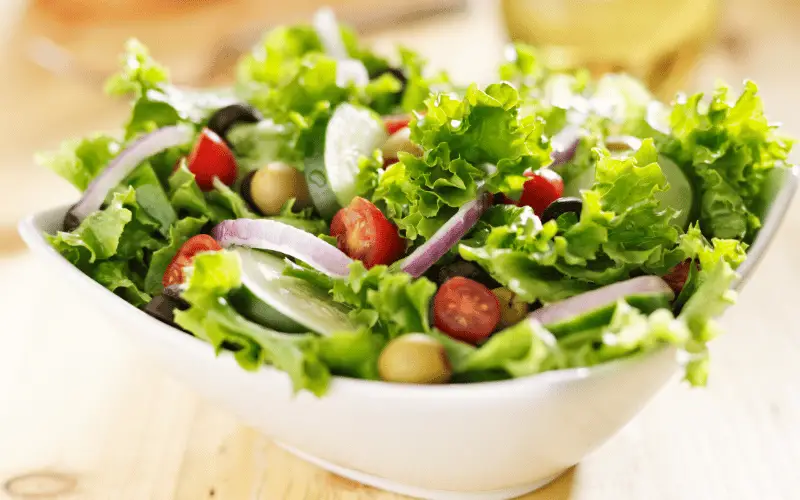Introduction: Understanding Insulin Resistance and the Role of Diet
Insulin resistance, a prevalent health issue, poses a significant challenge to millions globally. This condition, where the body’s cells become less responsive to insulin, leads to elevated blood sugar levels, potentially progressing to type 2 diabetes and associated health complications. The root causes of insulin resistance are multifaceted, encompassing genetic factors, lifestyle choices, and dietary habits. The impact of diet on insulin resistance is profound. Certain foods can exacerbate the condition, while others play a crucial role in managing and even reversing it. This introduction delves into the essentials of insulin resistance, exploring how specific dietary choices can influence insulin sensitivity and overall health. By understanding the interplay between diet and insulin resistance, individuals can make informed decisions that contribute to better health outcomes.

Insulin resistance often develops silently but has significant implications. Initially, it may present with no symptoms, but as it progresses, signs like fatigue, intense hunger, and weight gain, especially around the abdomen, may emerge. These symptoms are the body’s response to its inability to efficiently use insulin, a hormone crucial for regulating blood sugar levels. In navigating the dietary landscape for insulin resistance, understanding the glycemic index (GI) of foods is crucial. The GI measures how quickly a food raises blood sugar levels. Low-GI foods are more favorable for insulin resistance as they lead to a gradual rise in blood sugar, reducing the strain on insulin-producing cells in the pancreas.
Furthermore, the role of inflammation in insulin resistance cannot be overstated. Chronic inflammation, often fueled by poor dietary choices, is a key contributor to the development and progression of insulin resistance. Therefore, incorporating anti-inflammatory foods into the diet is essential in managing this condition. The following sections delve into the top 10 foods beneficial for insulin resistance, each selected based on its nutritional profile and proven effects on insulin sensitivity. From leafy greens to heart-healthy fats and fiber-rich grains, these foods offer a roadmap for those looking to improve their insulin sensitivity through diet.
In summary, managing insulin resistance is a multifaceted endeavor, with diet playing a central role. By understanding how specific foods impact insulin sensitivity and incorporating these into a balanced diet, individuals can take proactive steps towards better health and reduced risk of diabetes and other related conditions.
Food 1: Leafy Greens

Leafy greens, such as spinach, kale, and Swiss chard, are nutritional powerhouses. These vegetables are incredibly low in calories yet rich in vitamins A, C, E, and K, along with minerals like magnesium and calcium. Magnesium plays a crucial role in carbohydrate metabolism and has been linked to improved insulin sensitivity. The high fiber content in these greens also aids in slowing down glucose absorption, preventing spikes in blood sugar levels.
Regular consumption of leafy greens can have a significant impact on insulin resistance. Their low-calorie and high-nutrient profile make them ideal for weight management, a key factor in controlling insulin resistance. Furthermore, the antioxidants present in these greens help combat inflammation, a known contributor to insulin resistance. By incorporating leafy greens into your diet, you are directly addressing several underlying factors of insulin resistance.
Incorporating leafy greens into your diet is both easy and versatile. They can be used in salads, smoothies, soups, and as a cooked side dish. For those who find the taste of some greens too bitter, blending them in smoothies with fruits can mask the flavor while still providing the benefits. The versatility of leafy greens makes them an accessible option for anyone looking to improve their diet for insulin resistance.
To maximize the benefits, aim for at least one serving of leafy greens per day. This could be a salad made with spinach and kale, a green smoothie, or a side of sautéed Swiss chard. Experimenting with different types of greens can keep meals interesting and ensure a range of nutrients.
Embracing leafy greens in your diet is a simple yet effective step towards managing insulin resistance. Their nutrient density, low calorie count, and versatility make them an excellent dietary choice for anyone looking to improve their insulin sensitivity and overall health. (1)